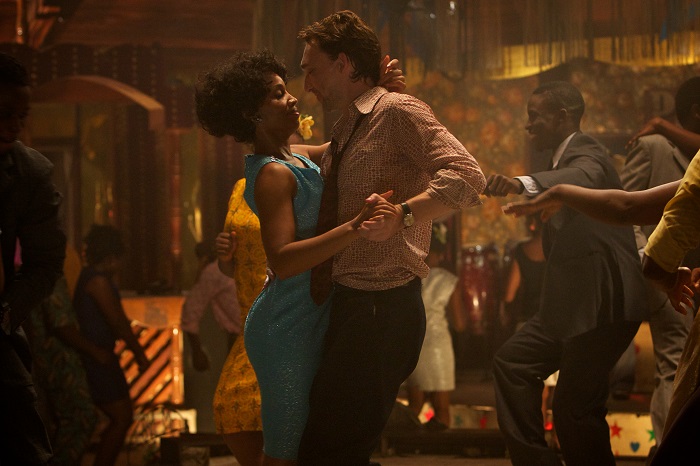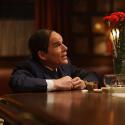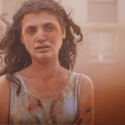It’s the bad books, it has been famously said, that make the good films. As for the good ones, they have to take their chances. There is so much more to lose, so many nuances of tone and subtleties of texture to be sacrificed. Chimamanda Ngozi Adichie’s Half of a Yellow Sun is one such good book. It won the Orange Prize for fiction in 2007 and became a bestseller. Being a multi-stranded narrative peopled by a rich array of characters against an epic backdrop, its journey to the big screen was always on the cards.
Set in Nigeria in the 1960s, it tells of two well-to-do, well-educated and beautiful twin sisters, and their lovers. Olana (Thandie Newton) is a fervent academic who falls in with a revolutionary lecturer Odenigo (Chiwetel Ejiofor). Kainene (Anika Noni Rose) is an elegant but cold-hearted industrialist whose English lover Richard (Joseph Mawle) writes fiction. The first half of the film finds the quartet living in a kind of post-colonial paradise of plush homes and intellectual freedom, where European wines wash down talk of Hegel and the birth of racism. The darker clouds are more personal than political: the sisters are driven apart when Olana, to gain revenge on Odenigo for an infidelity, seduces her sister’s lover.
Ejiofor, as we all know, could locate tragedy in a phone directory
The surge of unrest, fuelled by the Igbo tribe’s desire to secede from Nigeria, is mainly reported via black and white news footage from the era. Then in the most galvanic scene, government troops burst into an airport and start slaughtering civilians. The second half of the film follows Olana and Odenigo, plus the child born of his sexual indiscretion, as they become refugees, bombed out of one home after another until they settle with Kainene and Richard, and the sisterly wound is healed. (Pictured below, Anika Noni Rose and Joseph Mawle)
 It’s plenty to be going on with in a canvas which also features the splendid figure of Odenigo’s manipulative mother (Onyeka Onwenu) and the loyal servant Ugwu (John Boyega). Biyi Bandele directs his own screenplay, which attempts a vast leap across a whole decade in rather less than two hours. The result is an episodic tapestry which has precious little room to breathe. Too many scenes suffer from the chopped rhythms that come with immense compression. The rift between the sisters goes almost for nothing, and Richard’s witnessing of the airport massacre seems to have no emotional consequence for him.
It’s plenty to be going on with in a canvas which also features the splendid figure of Odenigo’s manipulative mother (Onyeka Onwenu) and the loyal servant Ugwu (John Boyega). Biyi Bandele directs his own screenplay, which attempts a vast leap across a whole decade in rather less than two hours. The result is an episodic tapestry which has precious little room to breathe. Too many scenes suffer from the chopped rhythms that come with immense compression. The rift between the sisters goes almost for nothing, and Richard’s witnessing of the airport massacre seems to have no emotional consequence for him.
Newton and Ejiofor valiantly telegraph intensity in the slivers of screen time available for each fresh upheaval. Ejiofor, as we know, could locate tragedy in a phone directory. But it is hard to make an emotional investment in a screeplay that ticks plot boxes and moves relentlessly on. Nigeria, where the entire film was shot, plays its part beautifully, while John de Borman’s cinematography picks out the colours of the native dress and the western styles of the fashionable sisters (and briefly, the yellow of the rising sun on the Biafran flag).
If the money could have been found, Half of a Yellow Sun would have made a lot more sense as a six-part television series.














Add comment